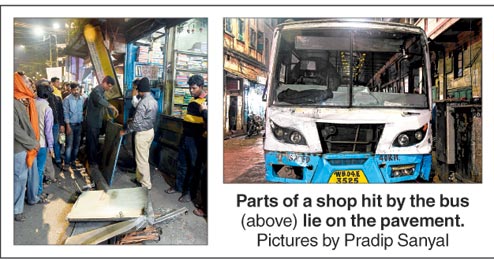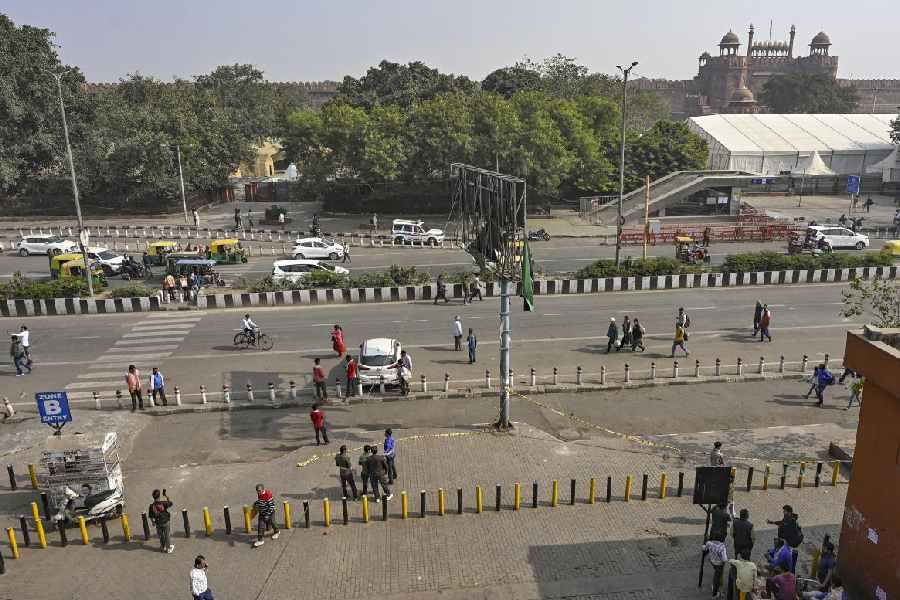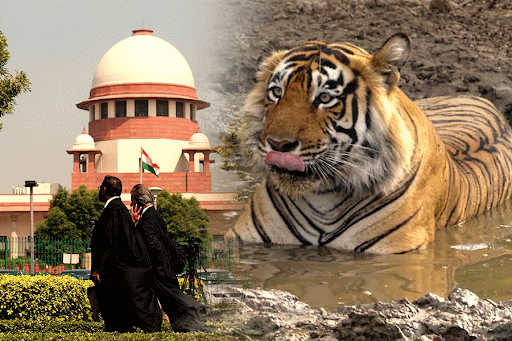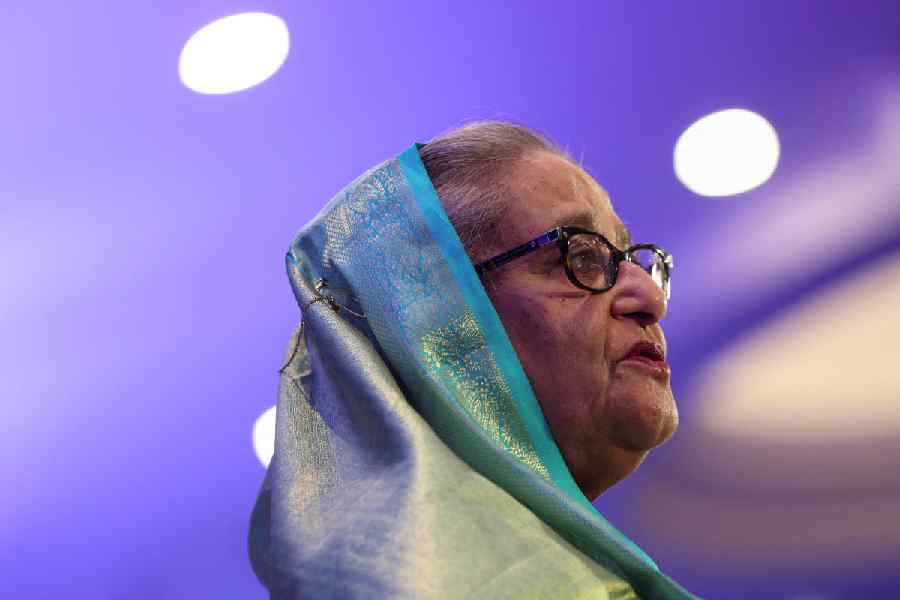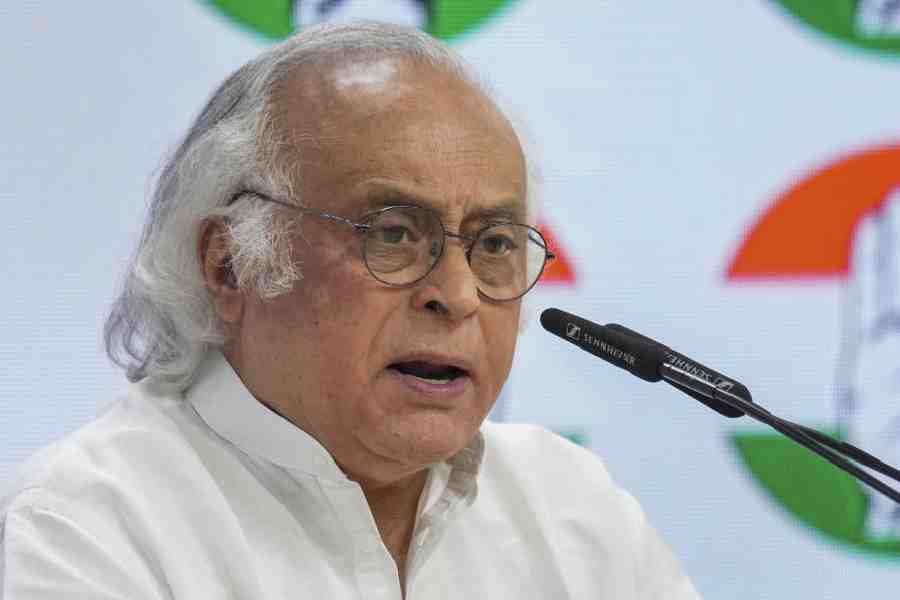
The Supreme Court order preventing the states from holding their medical entrance tests has put thousands of candidates in a spot as they have little time left to prepare for new examination.
The apex court has stated that all undergraduate medical seats in the country will have to be filled through the National Eligibility Entrance Test (NEET), conducted by the CBSE.
The order effectively cancels the medical entrance exams conducted by other authorities, such as the Bengal JEE board as well as by private consortiums.
The Bengal JEE is scheduled for May 17.
State government sources said around 85,000 students in Bengal had applied for taking the medical entrance test of the state JEE. Of them, as many as 80,000 had not applied to write any other medical admission test.
Among the rest some have appeared for the May 1 All India Pre-medical Test (AIPMT), conducted by the CBSE. The pre-medical test is being treated as the first phase of the NEET.
Many JEE (medical) students said the court order had landed them in trouble as the syllabus, distribution of marks and question pattern the state JEE board used to follow were markedly different from that of the NEET.
Metro tries to answers the queries uppermost on the minds of the candidates.
What does the Supreme Court ruling say?
Admission to all undergraduate medical courses for the academic session 2016-17 will be held through NEET, to be held in two phases.
The May 1 AIPMT, which till last year used to be held for admission to 15 per cent national pool seats of the MBBS courses in most states, will be treated as NEET-I. The phase-II test is scheduled for July 24.
What will happen to the WBJEE slated for May 17?
No medical college can admit students through the state JEE. The test will be held only to admit students to engineering seats.
Who all have written the first phase of NEET, held on May 1?
Those who had applied for the AIPMT.
Who can sit for NEET-II?
Those who had not applied for the AIPMT will be allowed to sit for the NEET-II. Those who have written the AIPMT can also appear for the phase-II test on condition that their NEET-I scores will stand cancelled.
Why the new system will inconvenience the students who have prepared for the Bengal JEE?
The syllabus, question pattern and distribution of marks the JEE board used to follow are different from that of the CBSE. Those who have only prepared for the JEE do not have enough time to prepare for the NEET.
What are the basic differences between the NEET and WBJEE?
NEET is of 720 marks - 360 in biology and 180 in physics and chemistry each.
The Bengal JEE (medical) used to be of 250 marks - 150 in biology and 50 in physics and chemistry each.
The NEET biology syllabus is different from that of the Bengal JEE. In the pan-India test, the focus is on botany and zoology. In the Bengal JEE, on the other hand, the focus is on physiology.
When and how the NEET candidates will know their results?
The combined result of NEET I & II will be declared in August. The CBSE will draw up the merit list and provide the ranks on an all-India basis.
What is the Bengal government's reaction to the Supreme Court ruling?
Sources in the higher education department said the state health and family welfare department would make a last-ditch attempt and appeal to the Supreme Court to allow the Bengal JEE (medical) to be held one last time.

